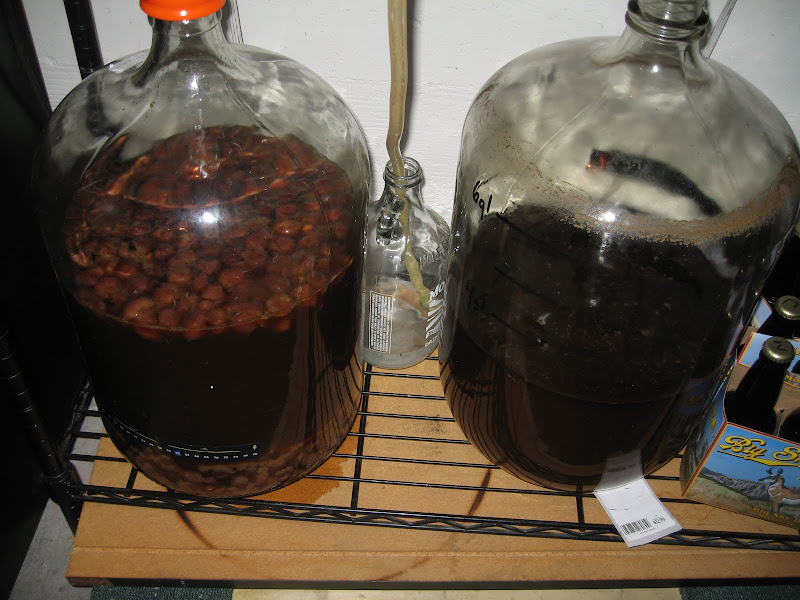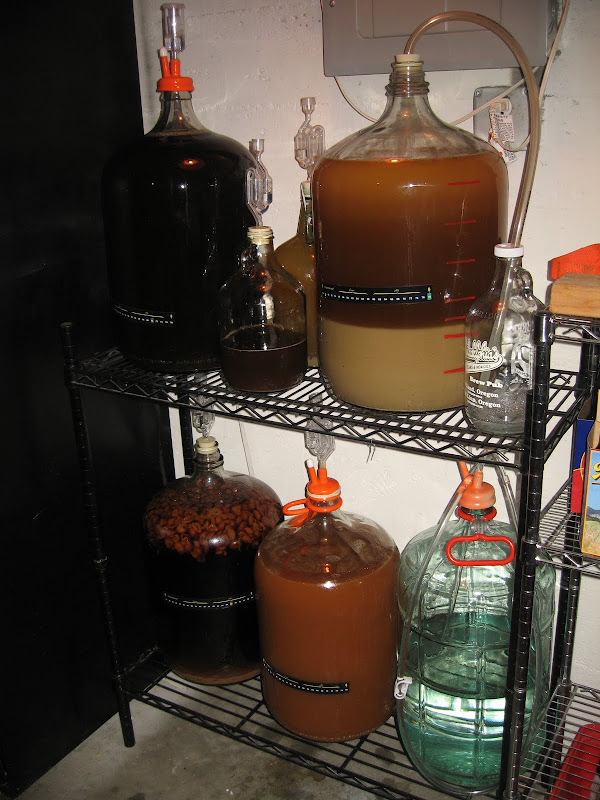Sixbillionethans
Well-Known Member
I've got a 6 month old turbid-mashed Lambic-style beer (https://www.homebrewtalk.com/f72/lambic-style-kriek-102829) that I'm going to add 10-15lb of fresh Door County tart cherries to. It's a 5 gallon batch in a 5 gallon carboy now.
1. How big of a carboy will I need to fit the cherries & beer volume into?
2. How long do I need to keep the beer in contact with the cherries? (i.e. how long do I need to keep the beer in this larger carboy vs. transferring it back to another 5 gallon? Do I rack it off the cherry remains at all?).
Thanks in advance for any feedback.
1. How big of a carboy will I need to fit the cherries & beer volume into?
2. How long do I need to keep the beer in contact with the cherries? (i.e. how long do I need to keep the beer in this larger carboy vs. transferring it back to another 5 gallon? Do I rack it off the cherry remains at all?).
Thanks in advance for any feedback.




